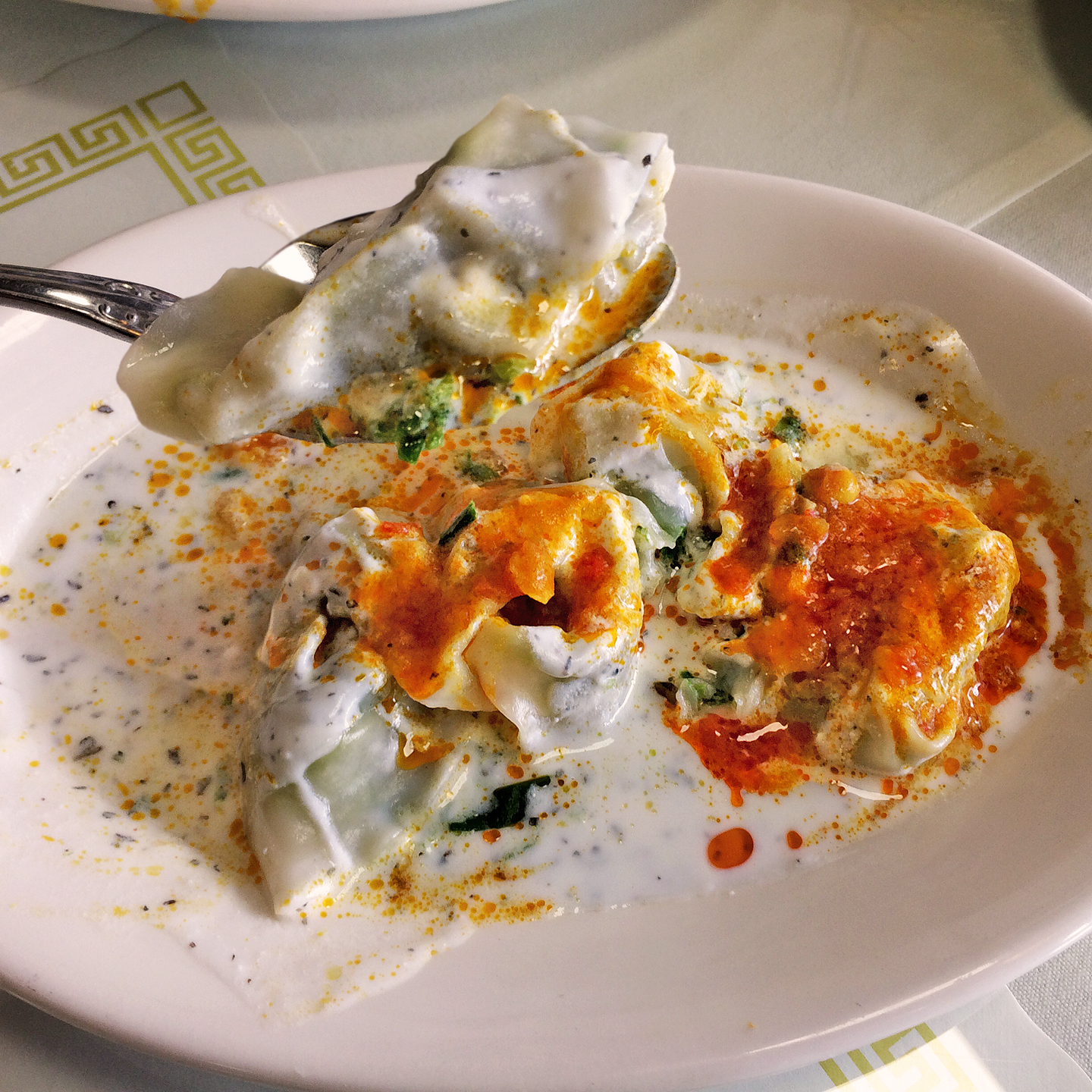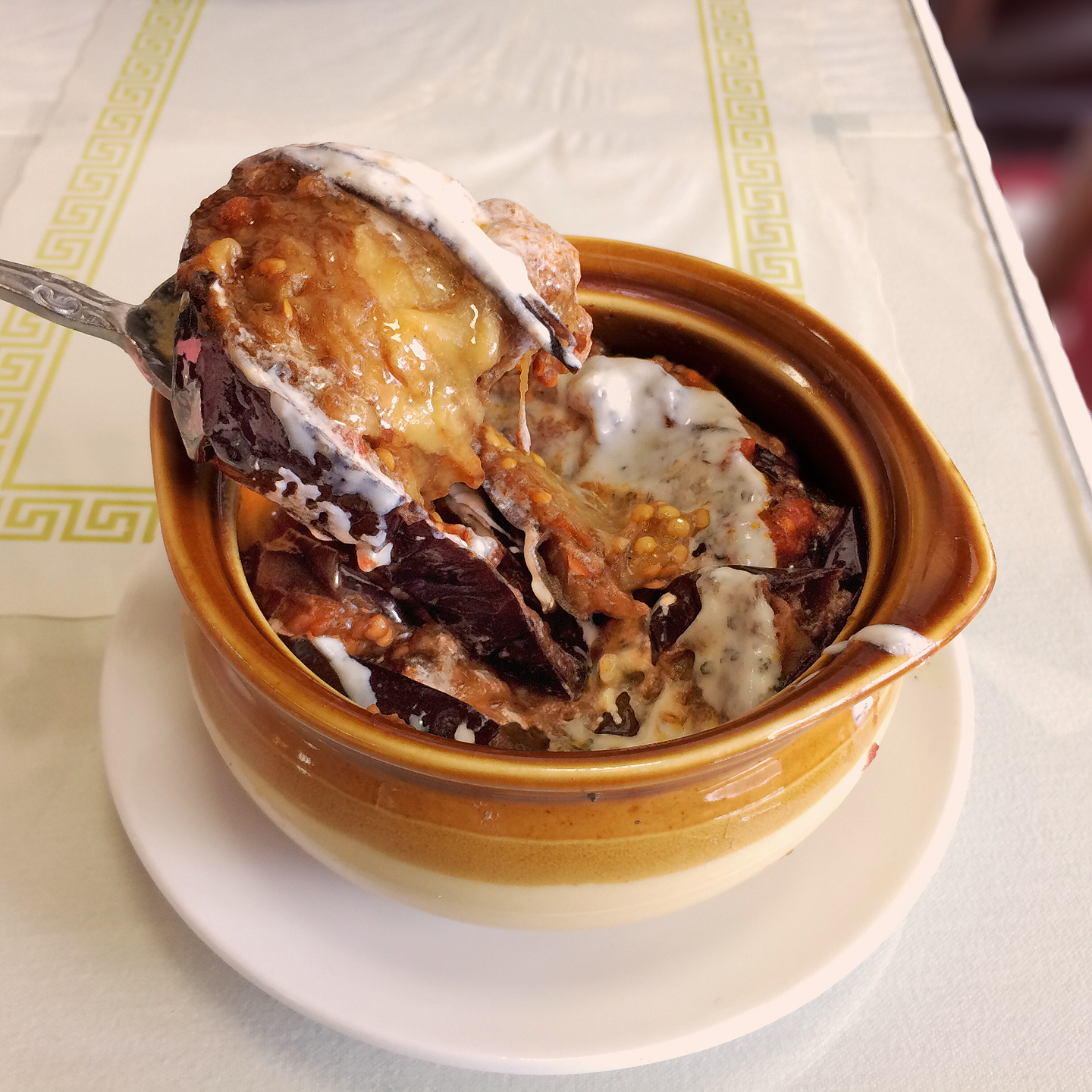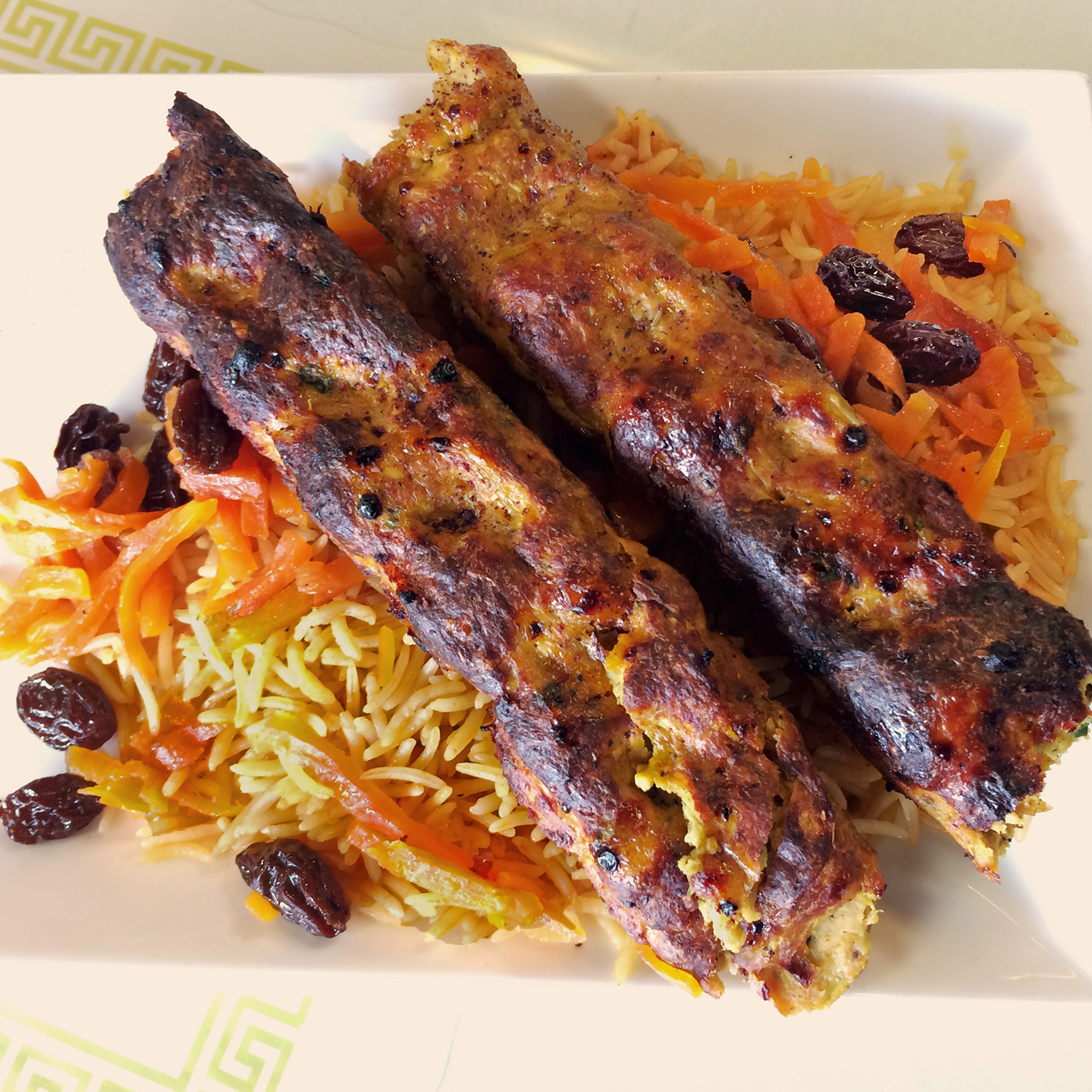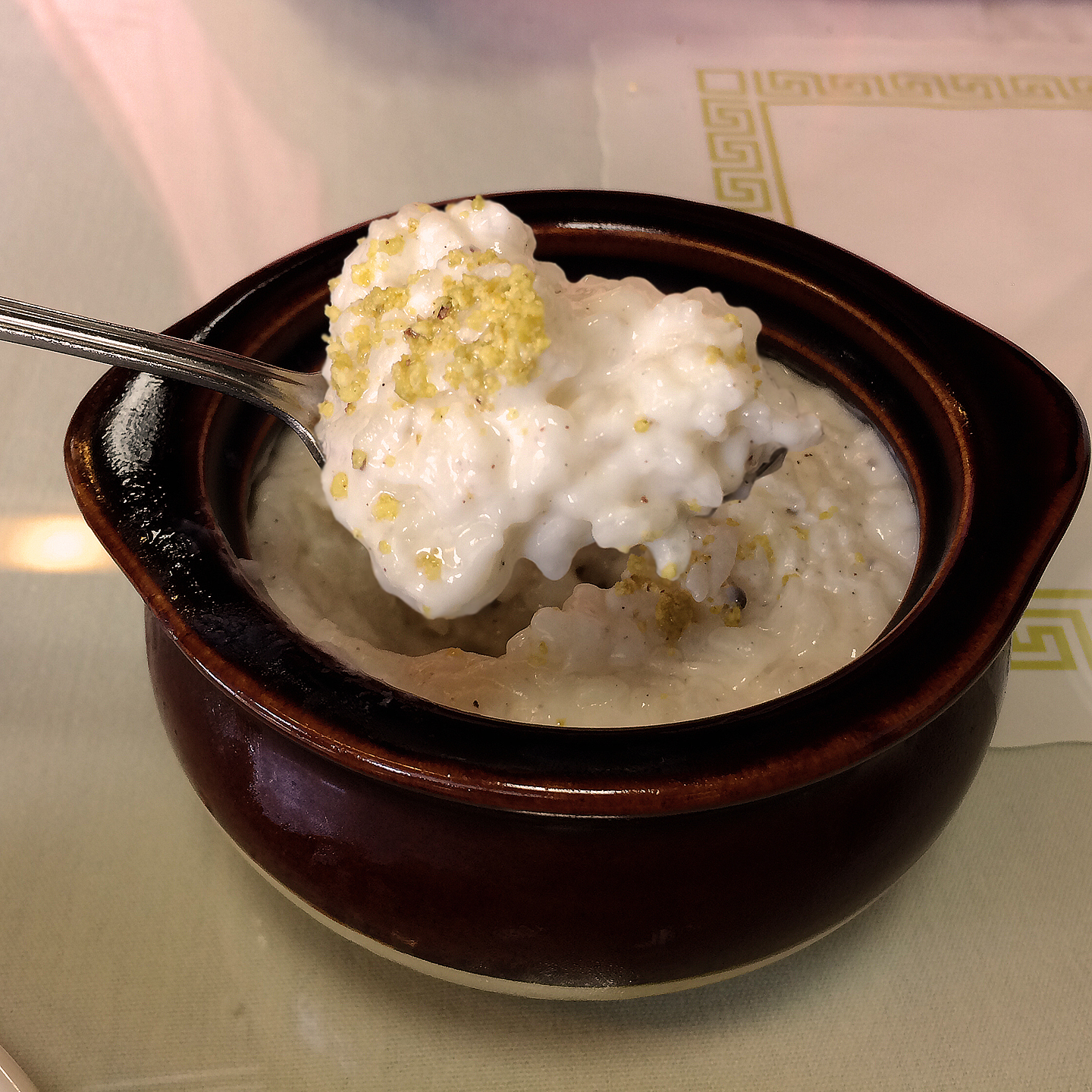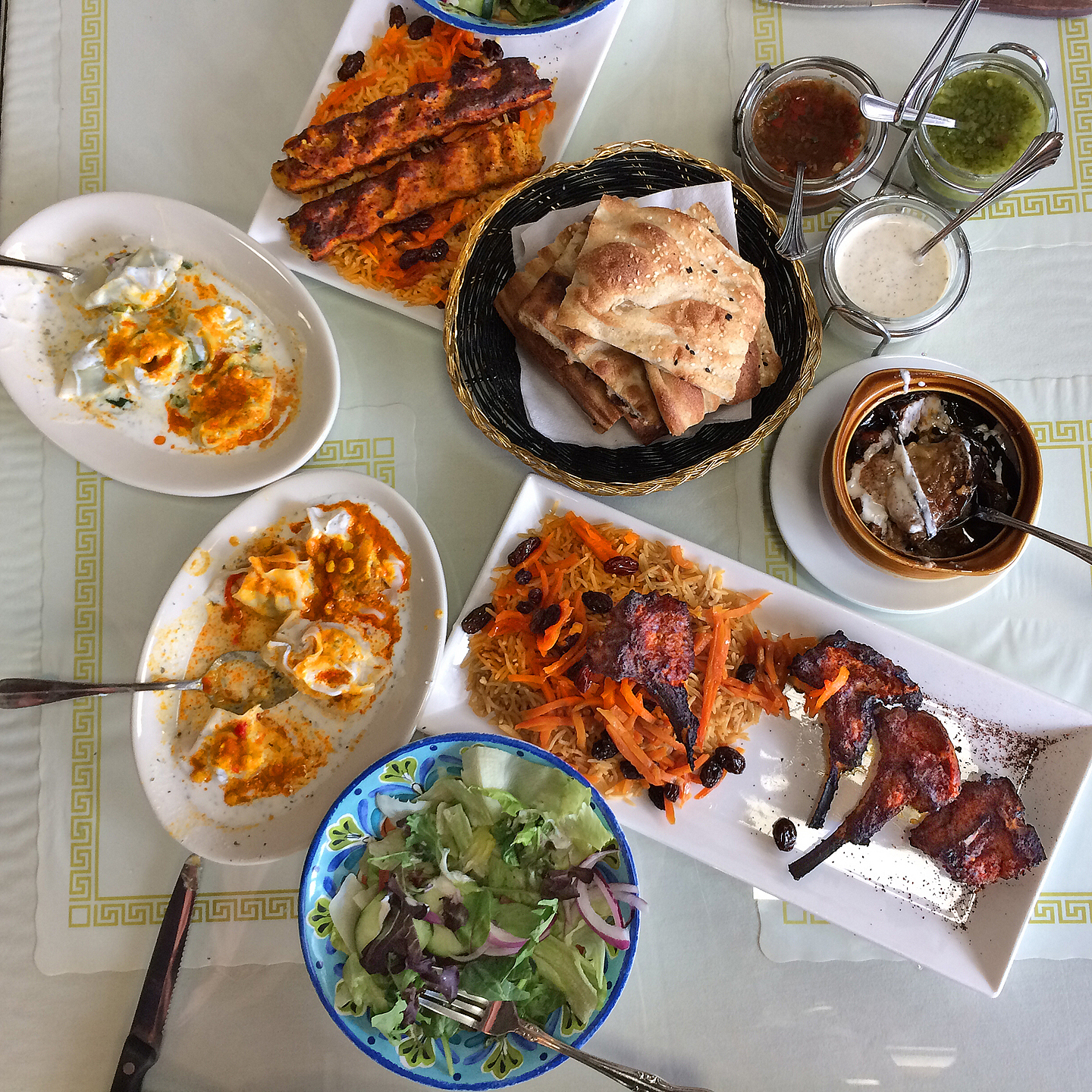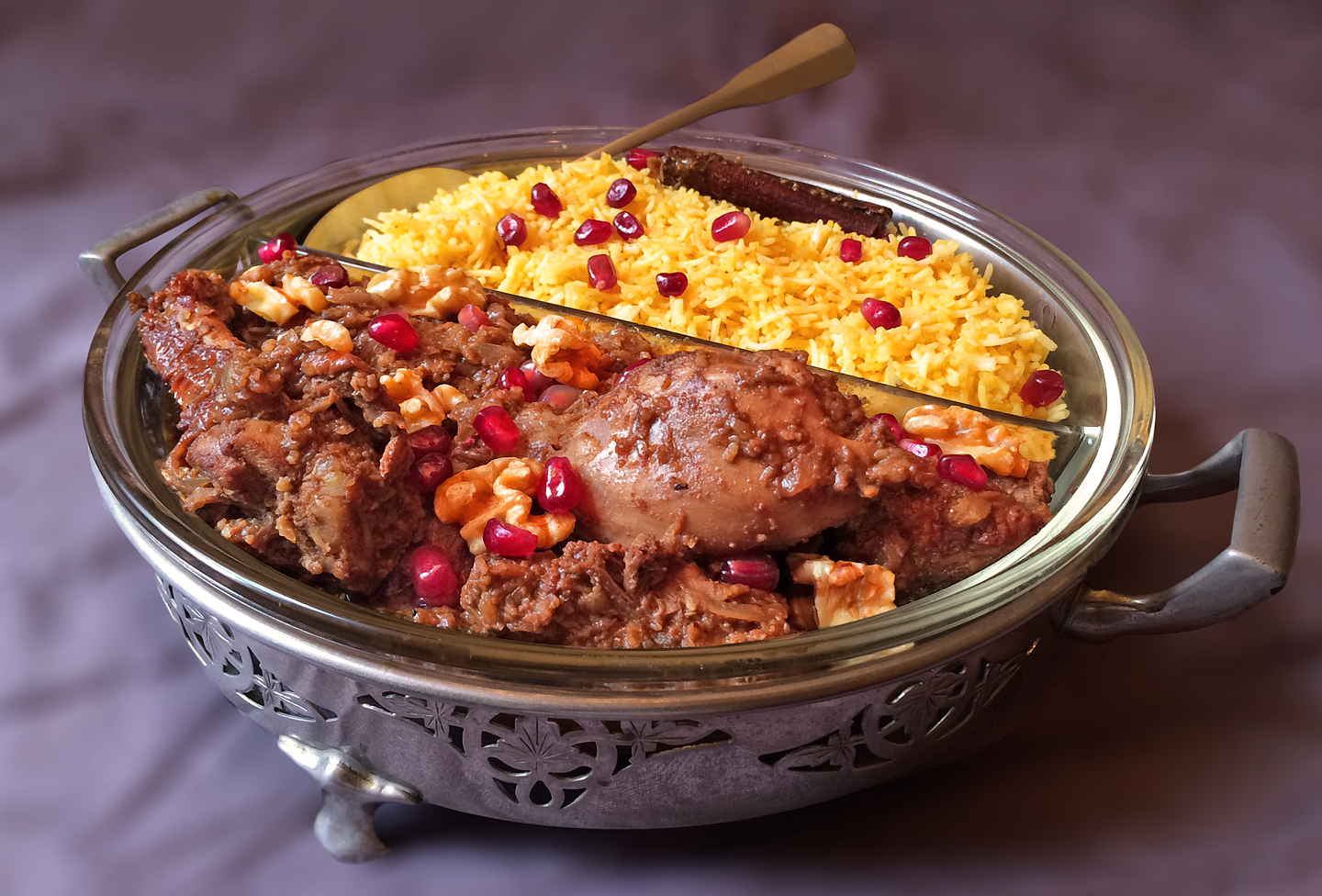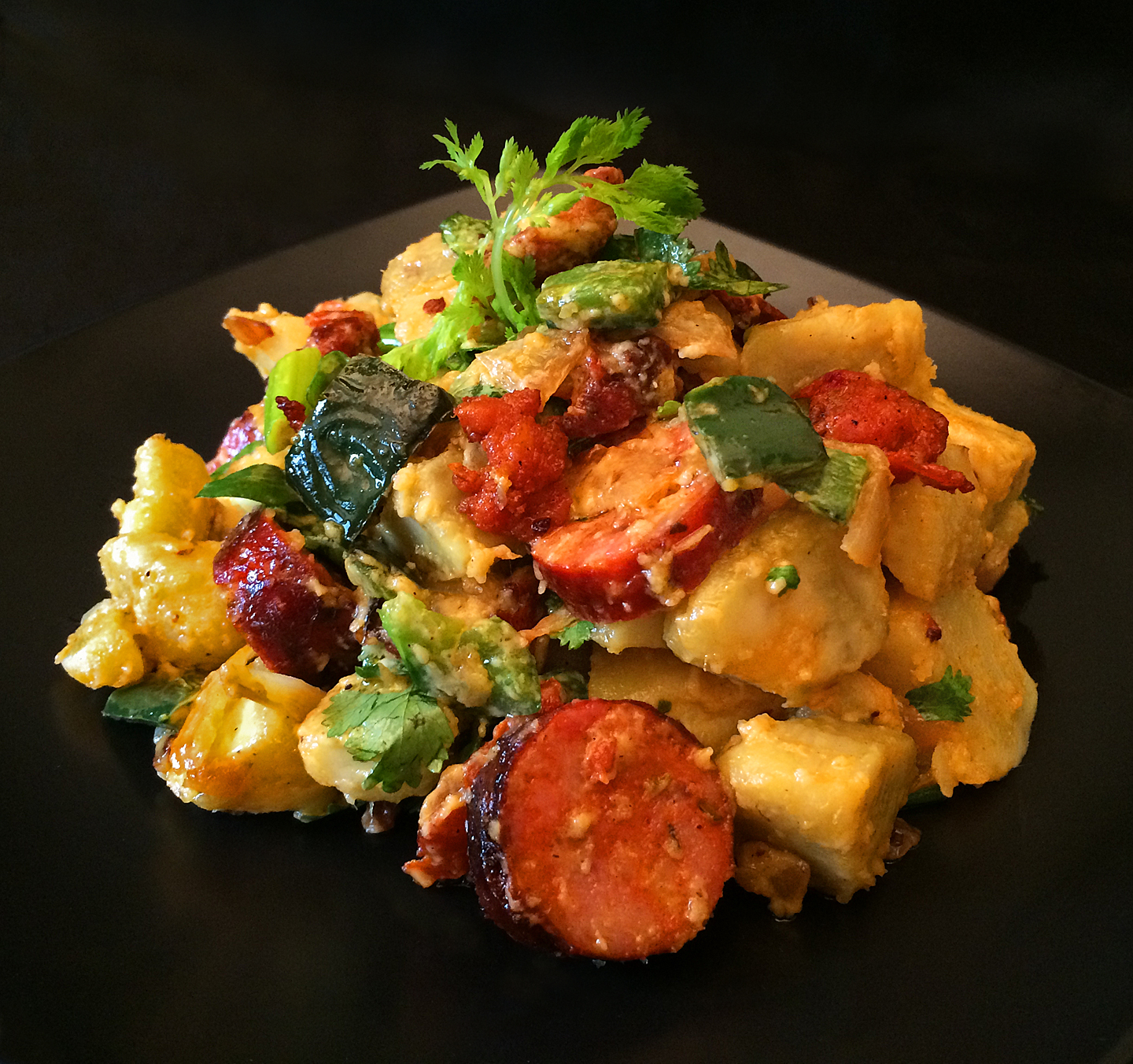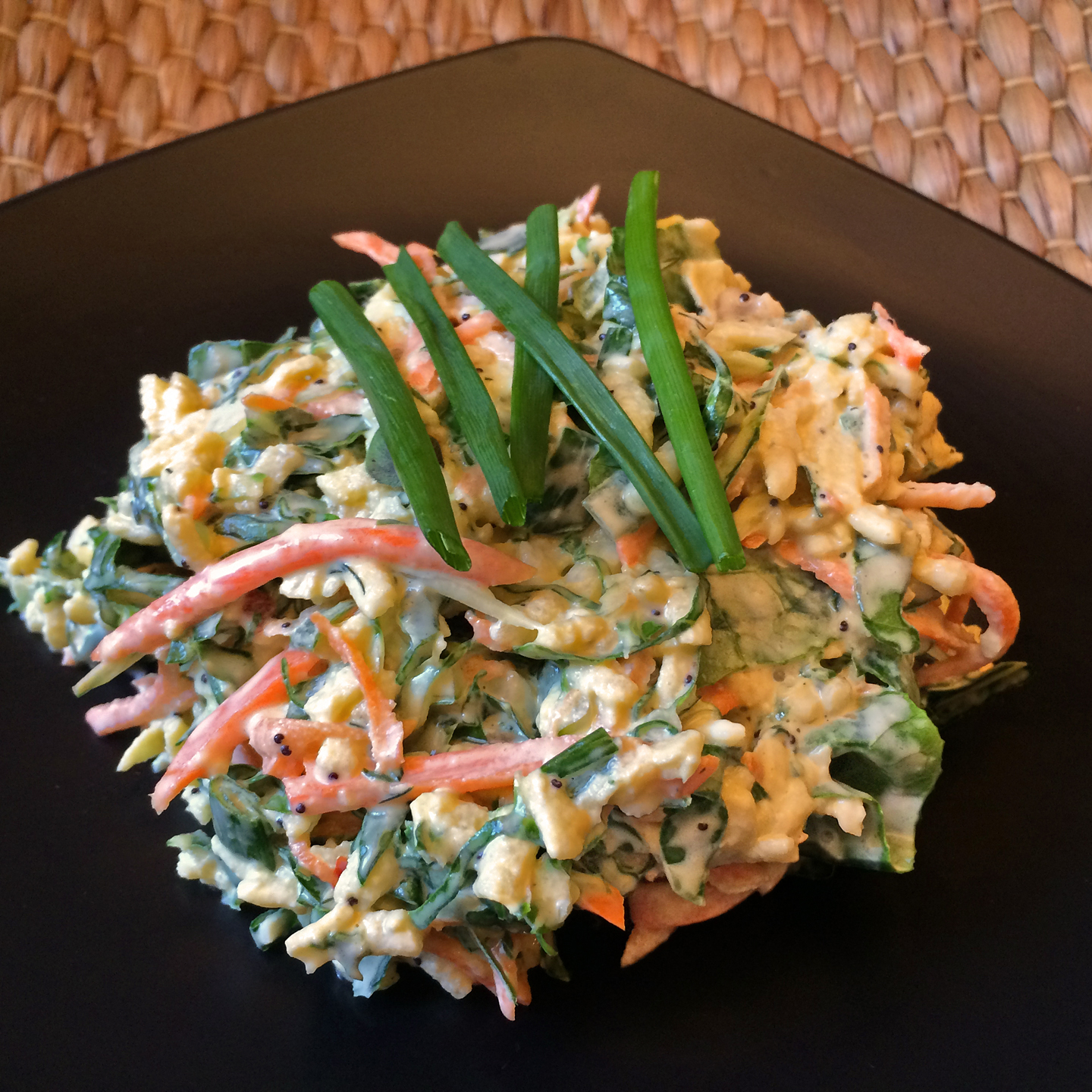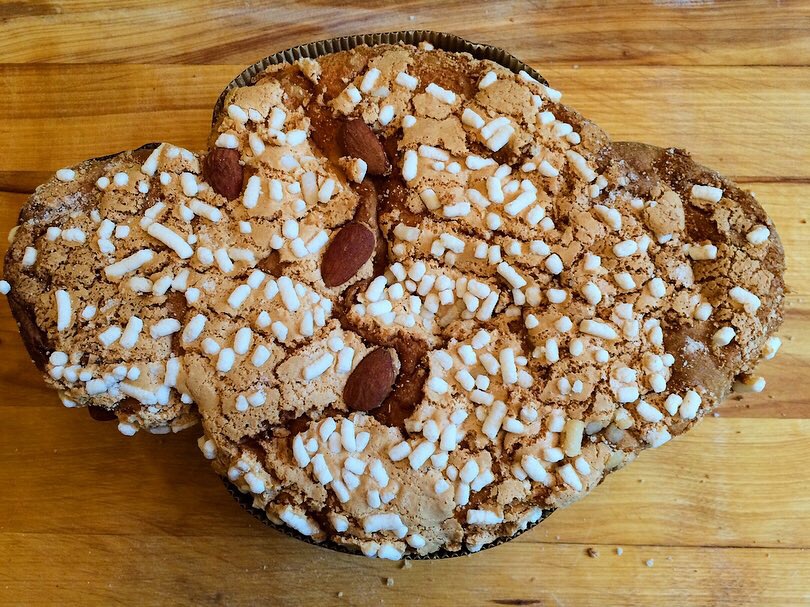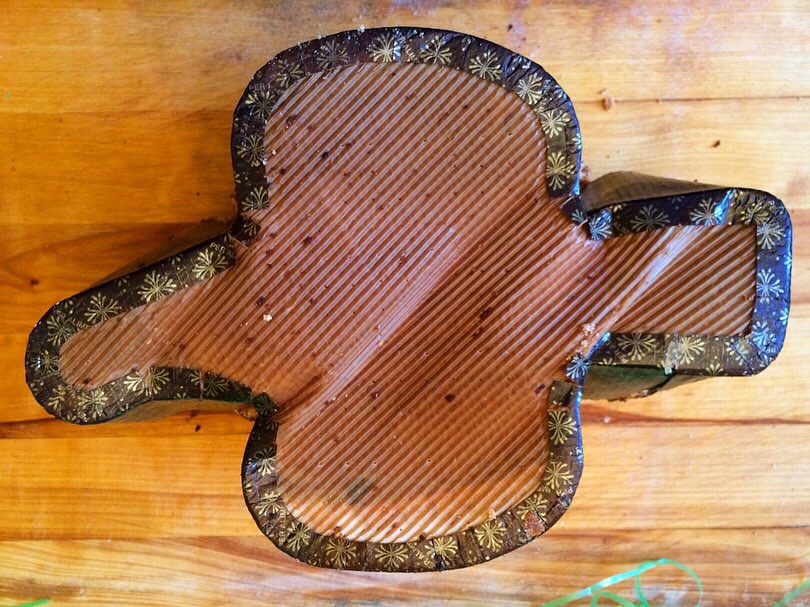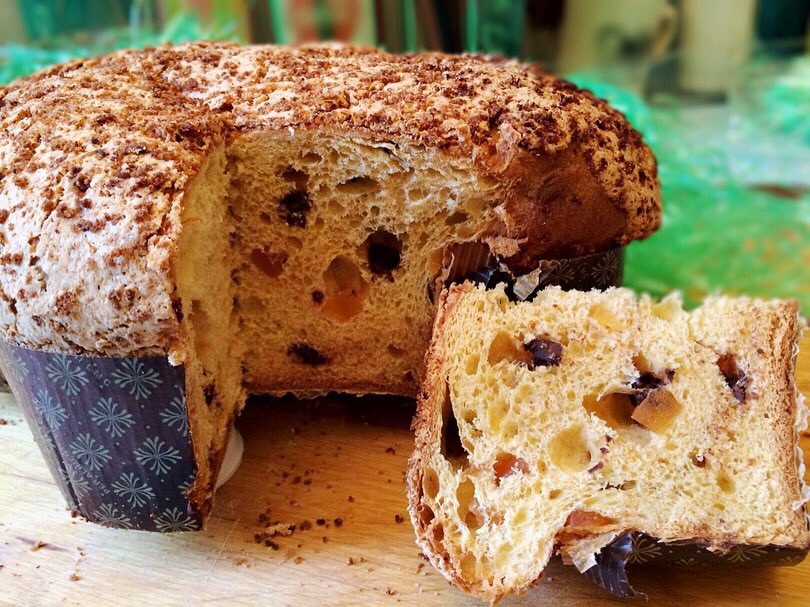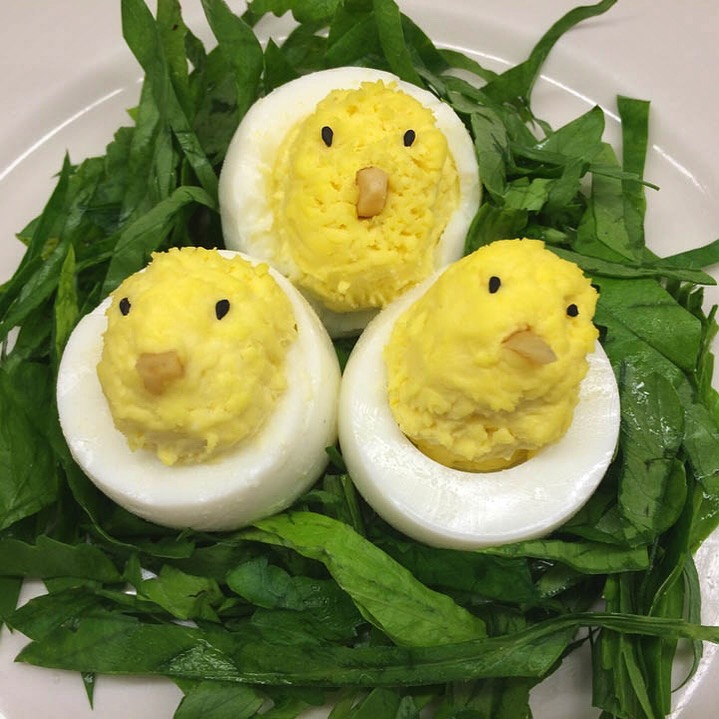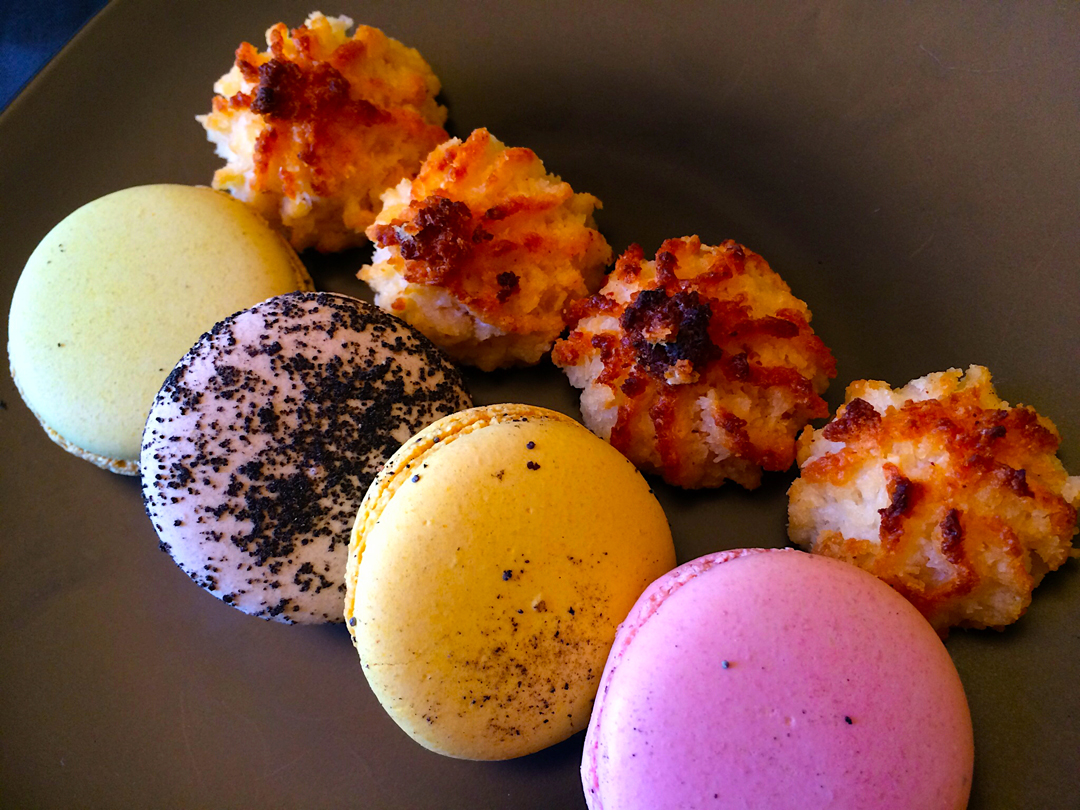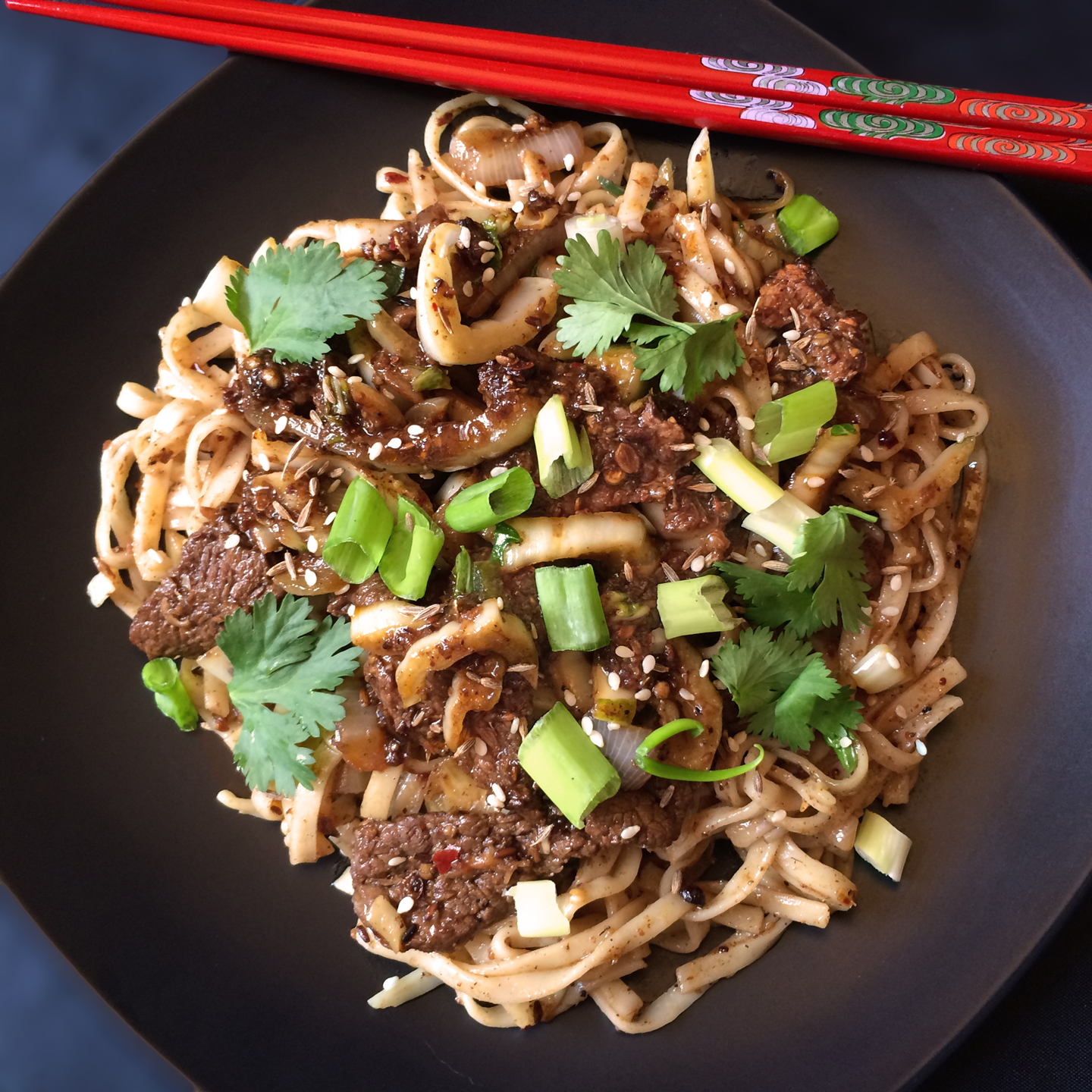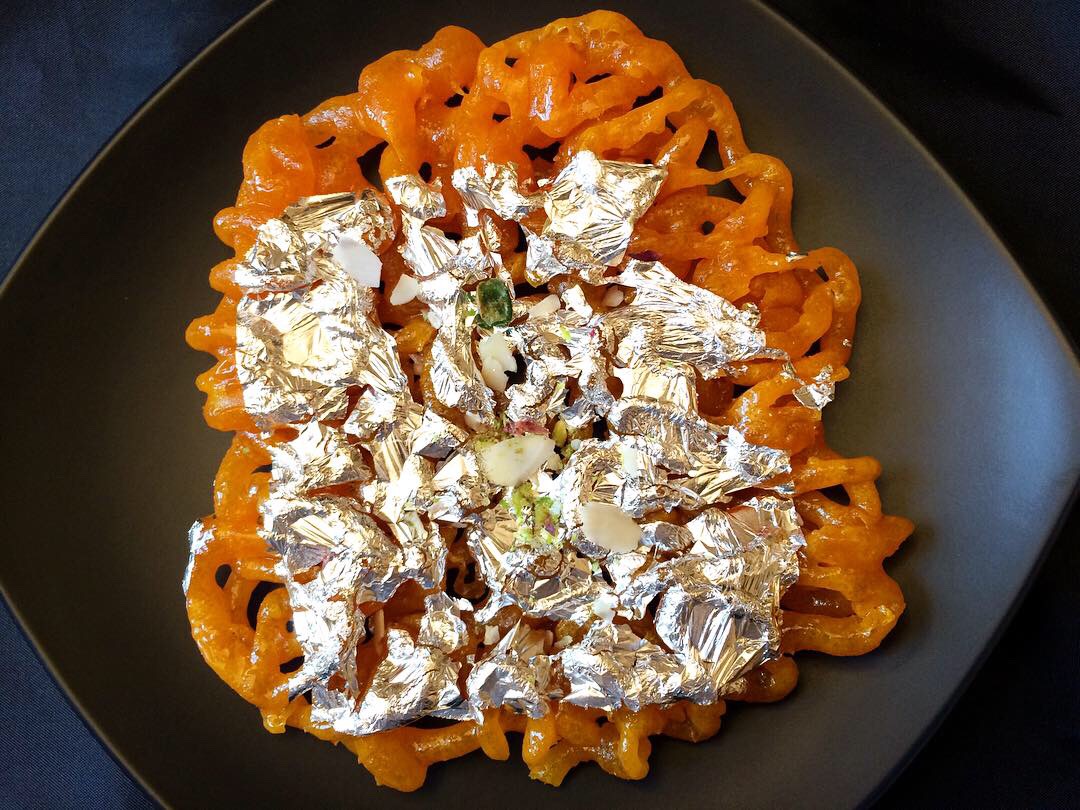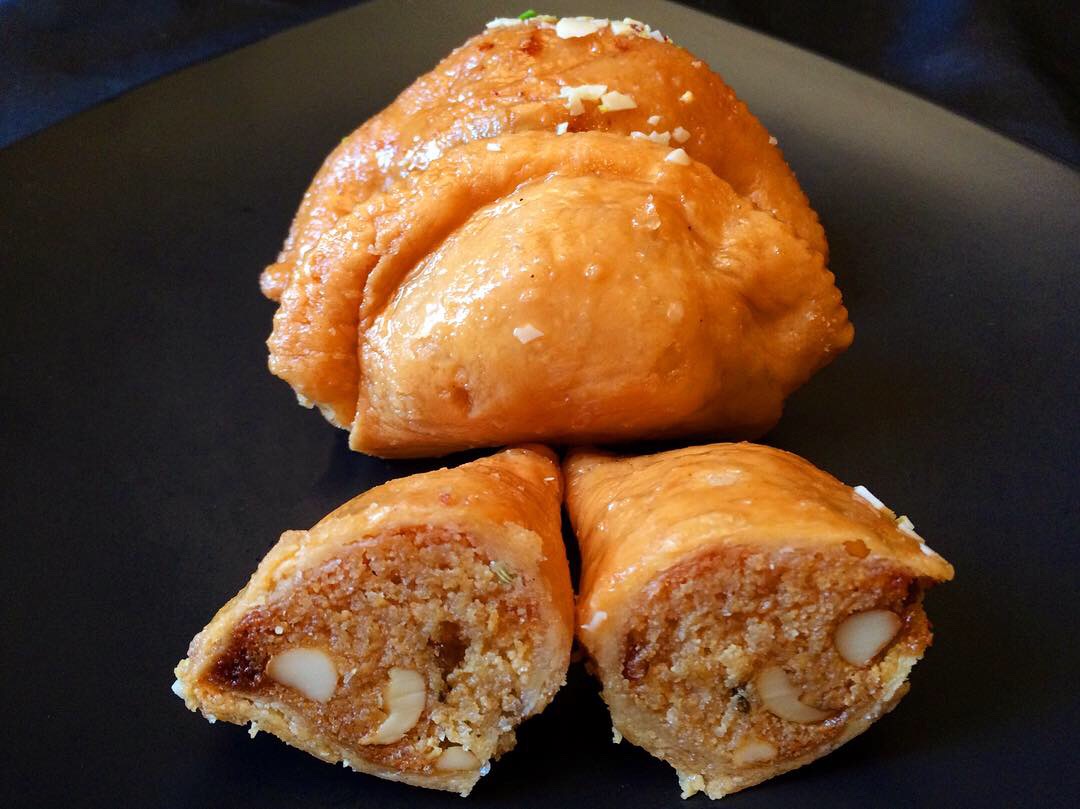👨🍳 Cooking in the Time of COVID 👨🍳
(Click on any image to view it in high resolution.)
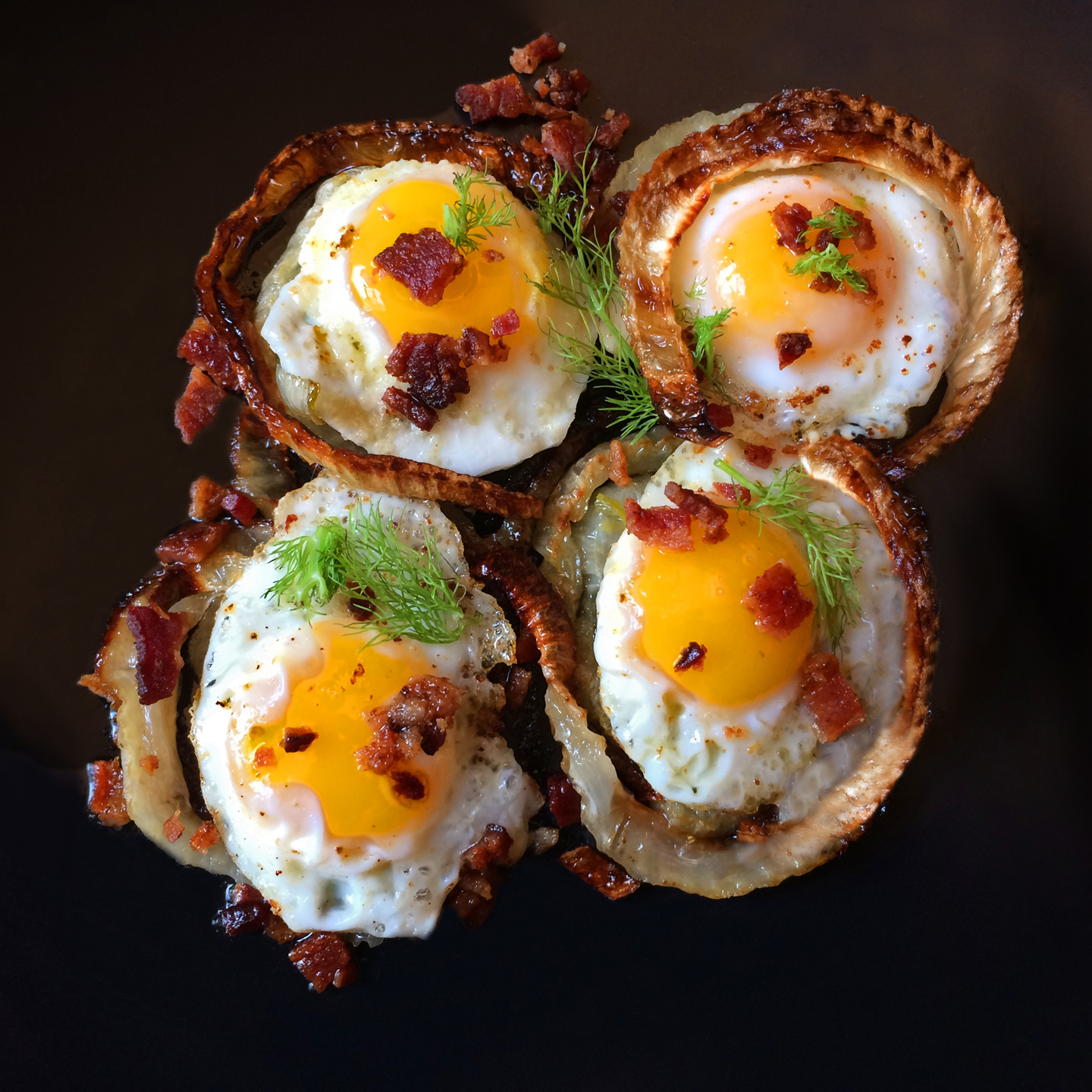
I am genuinely fortunate that I have a couple of wonderful neighbors with whom I have become actual close friends. When they needed to go away for a week, they asked if I would water their plants, even though they are aware that I am far better at cooking with things that grow in soil than I am at caring for them (I have chronic black thumb syndrome). If that isn’t optimistic trust, I don’t know what is.
Anyway, just before they left, they generously made me the beneficiary of a sack of perishable upscale groceries that they thought might not survive until they got back. I love this. It’s like opening a basket of mystery ingredients on Chopped.
Among other surprises, I found a fennel bulb, a few strips of Applewood smoked bacon, and fresh quail eggs. Since I have too much time on my hands (help!), I decided to see what I could make out of the trio. I thought the delicate anise flavor of the fennel would contrast perfectly with the smokiness of the bacon, and I could use both the sturdy bulb and the feathery fronds in the dish. I decided to slice the bulb horizontally into planks and roast them because I could coax a bit of sweet caramelization out of them and roasted veggies always work. I butter-poached the quail eggs and set them on top of the fennel rounds, topped them with crumbled crispy bacon, added a few fennel fronds for garnish and a hint as to what lay beneath – and Bob’s your uncle, here’s the result: a seriously tasty treat made from components I likely would never have purchased for myself.
I truly like this couple a lot. But I wouldn’t hate it if they’d go away more often. 😉
Stay safe, be well, and eat whatever it takes. ❤️

